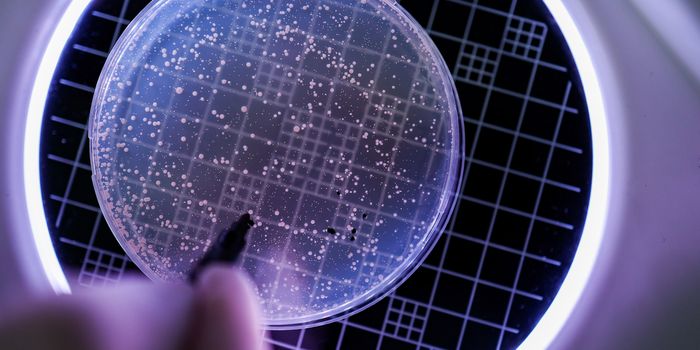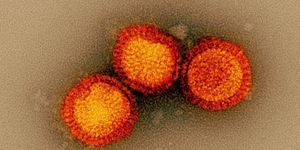Preventing car crashes at night with tools inspired by insects
The majority of car crashes happen at night, despite only about a quarter of all car travel happening at this time. And despite cars becoming more advanced and new technologies emerging every day, a lot of these technologies don’t work well at night. They are also cumbersome and can require a lot of energy to operate. These include collision avoidance systems that can force a car to break automatically and light detection and ranging sensors (LiDAR). Though these tools sometimes make cars safer, they are hard to make small enough to minimize the amount of energy required to power.
A team of researchers at Penn State University are looking for new ways to invent a type of tool that could overcome some of the currently limitations of collision avoidance systems, including a tool that is more effective at preventing collisions in the dark. For inspiration, the team turned to certain insects to design the tool. The team’s work is described in an article published in ACS Nano.
Specifically, the team looked at how insects avoid colliding with each other and other objects. They have neural networks that are designed specifically for avoiding collisions, and they can do so with a high degree of accuracy. Researchers took this neural network construct and ran with it.
To start, researchers built an algorithm that imitated the neural network found in certain insects. Different information could be fed into the algorithm to help it make determinations about whether a collision was imminent. But rather than feeding an image to the algorithm (and therefore needing a camera as prat of the collision avoidance system (researchers focused on a singular piece of information: how intense a car’s headlights were. This step already made the collision sensor smaller and more energy efficient. The sensor included eight memtransitors to collect and process the headlight intensity information, ultimately operating far more efficiently.
When tested in a real-world scenario, the new sensor could detect a collision up to three seconds before it happened, an improvement on current system.
Sources: Science Daily; ACS Nano








